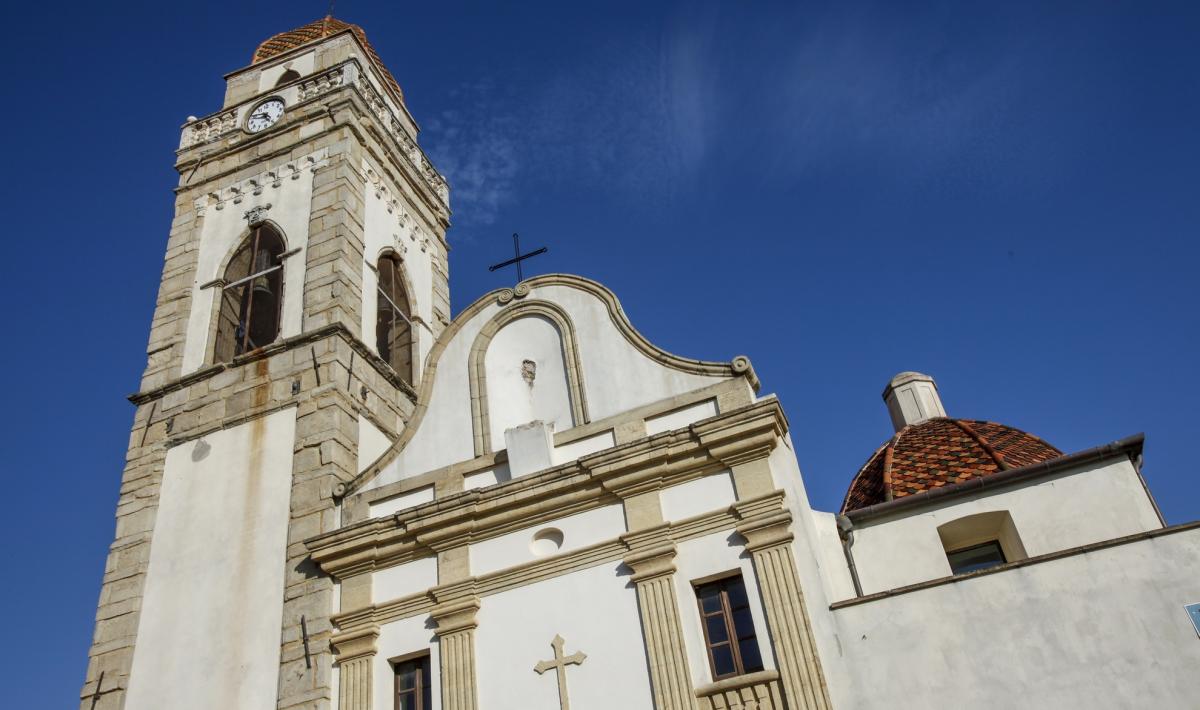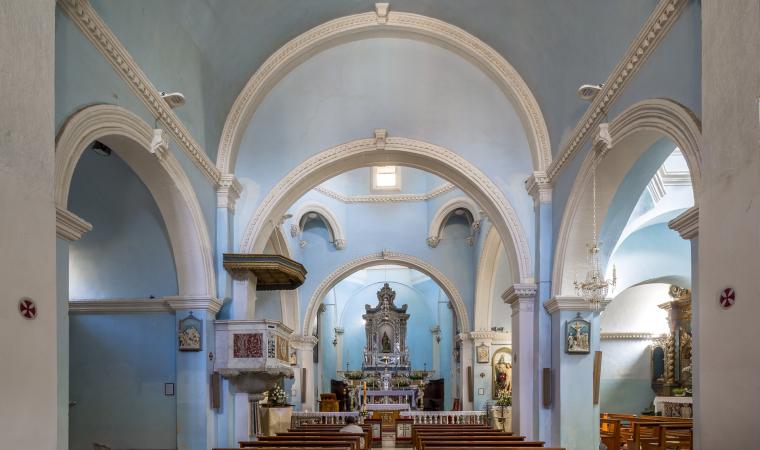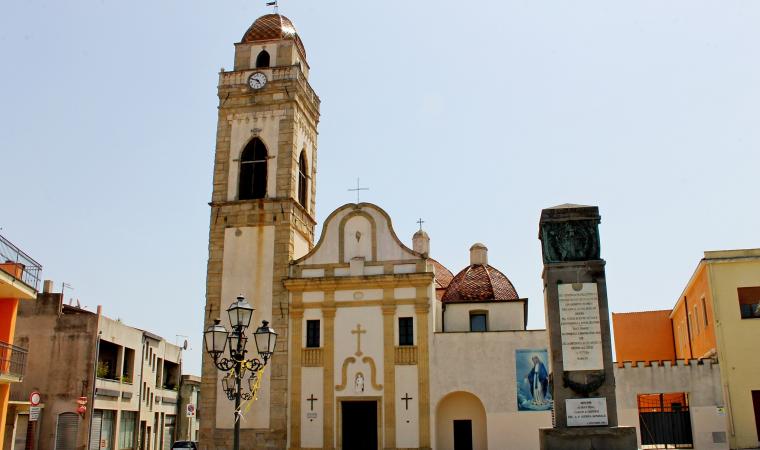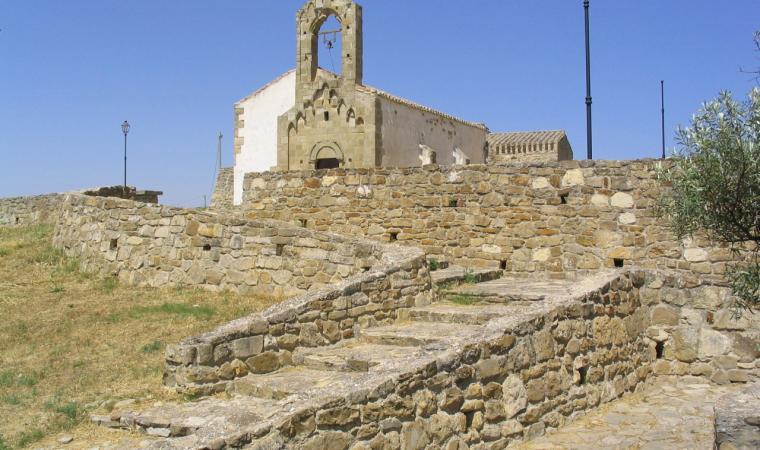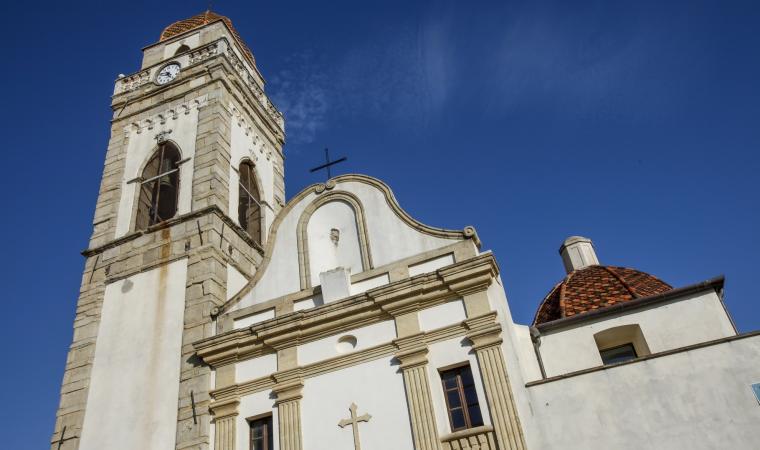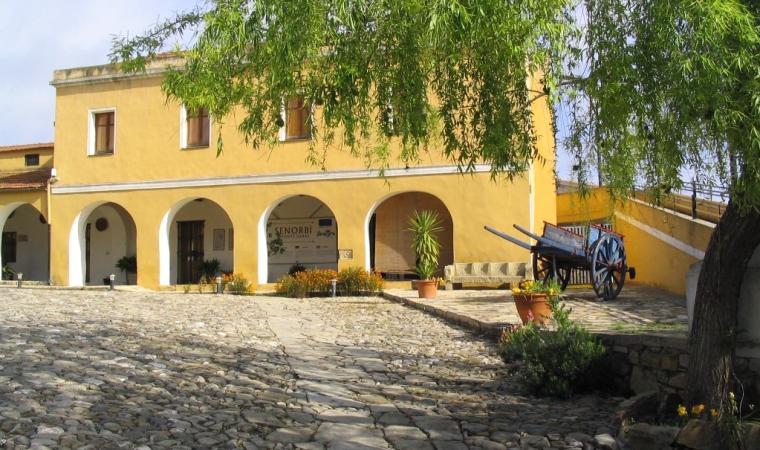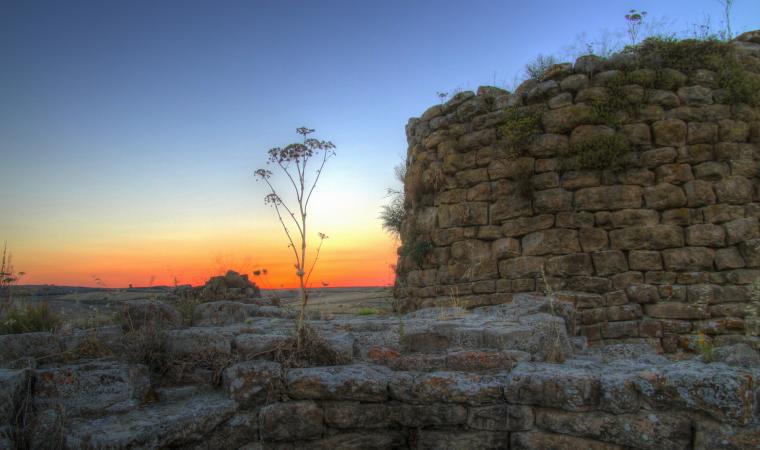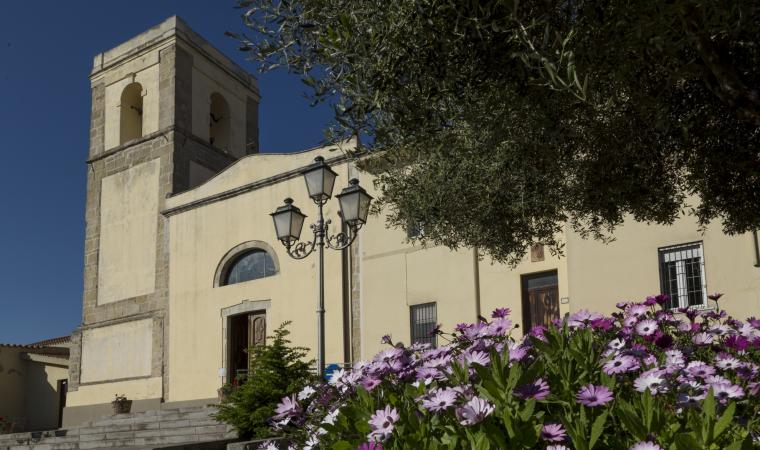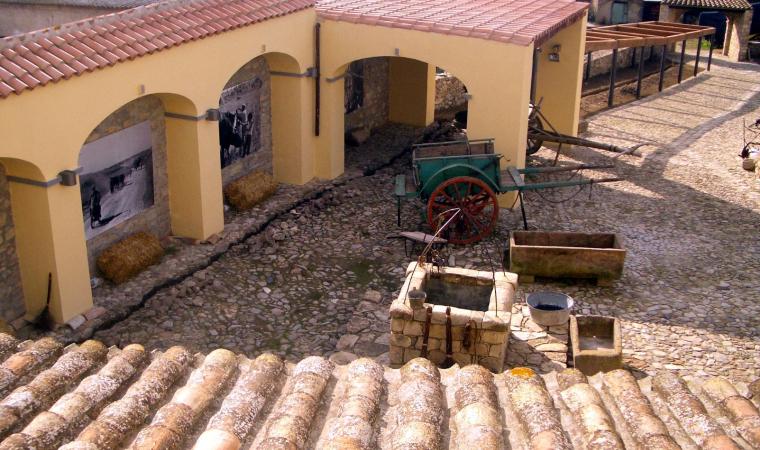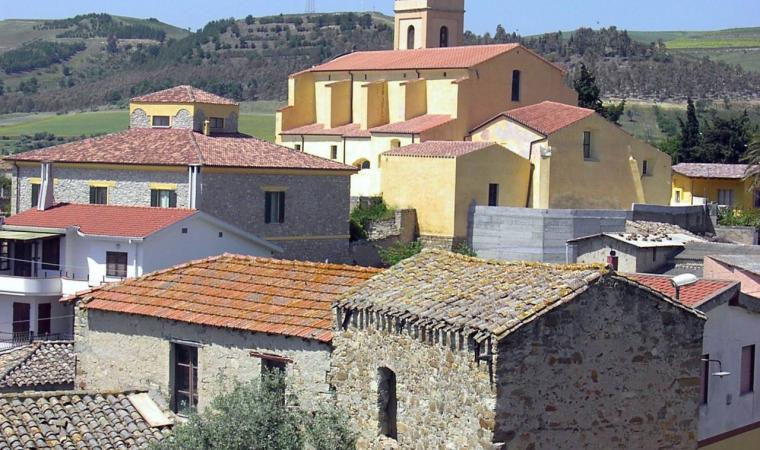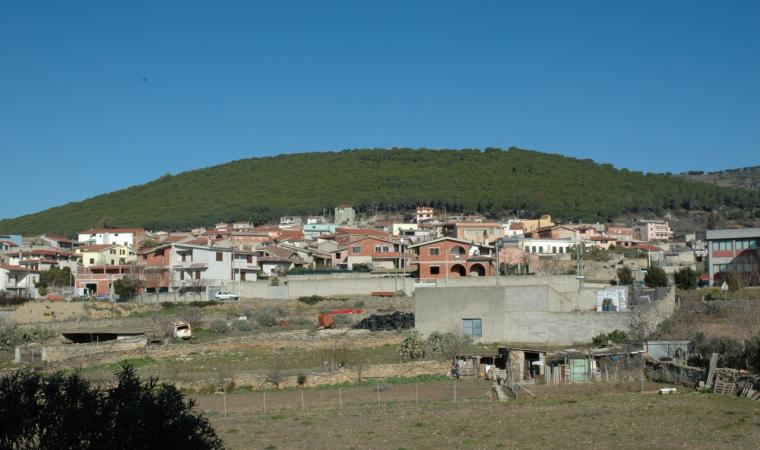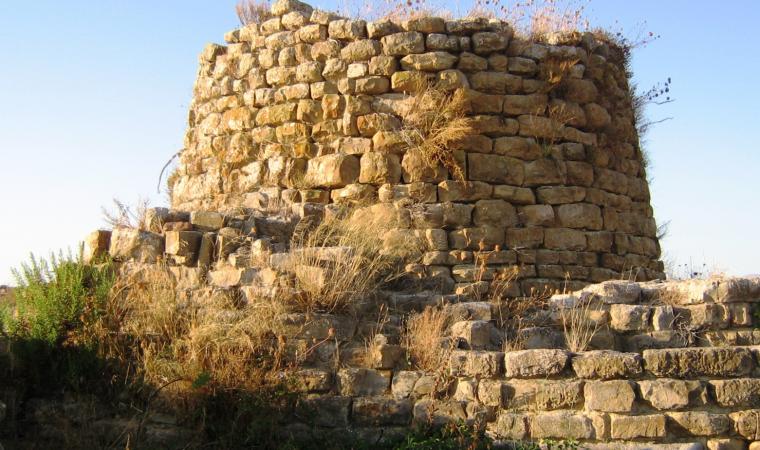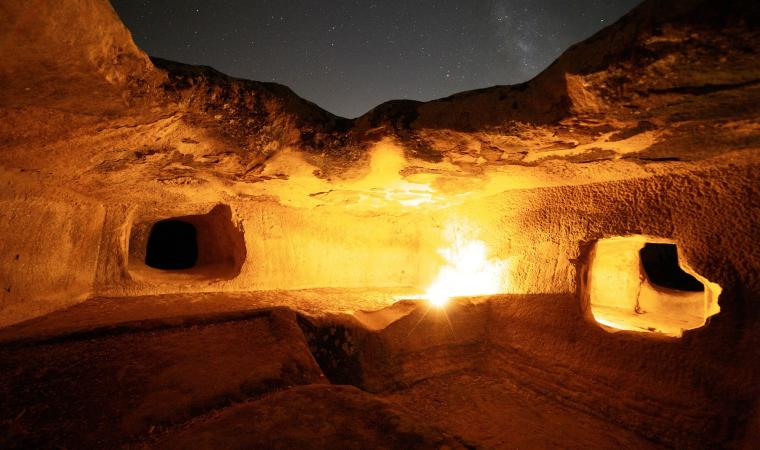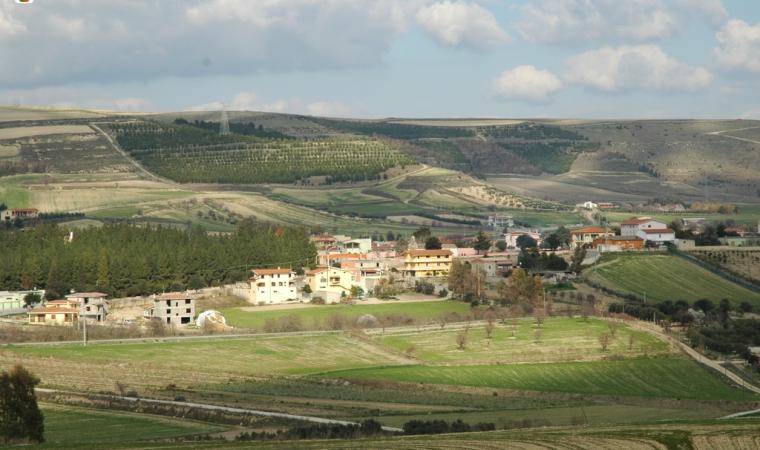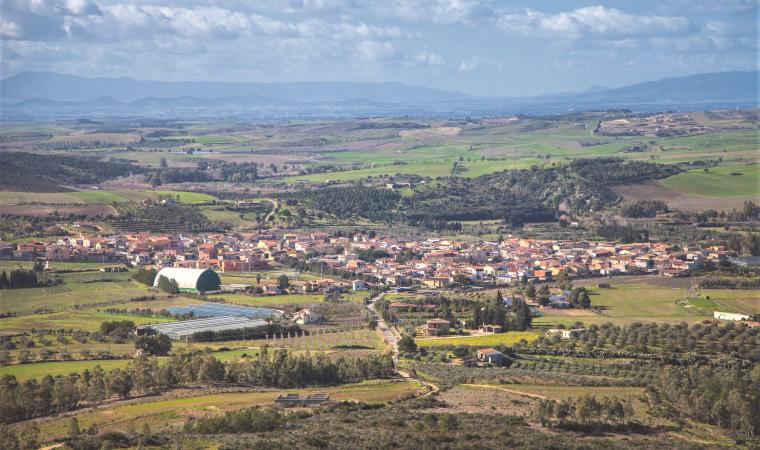Senorbì is the geographical and economic hub of Trexenta, a historically-rich territory, nicknamed the ‘granary of Rome’ in antiquity. A town of 5,000 inhabitants currently experiencing demographic growth - a rarity amongst the non-coastal Sardinian Municipalities - Senorbì thrives on the cultivation of sugar beets, wheat, olive groves and vineyards, being a commercial point of reference for the area. Its fertile territory encompasses hills and flat stretches, furrowed by tracks to be travelled by mountain bike or on horseback. The colours change with the agricultural cycle: the brown of the earth in autumn, the green of the wheat growing in spring, the blond expanses of crops during the summer. There is a great passion for horses that sees riders from all over southern Sardinia come for the feast of Santa Vitalia so as to compete at a trot during Is Cuaddus de Santa Vida, reaching the 19th-century Villa Aresu in the hamlet of Sisini.
Other manor houses embellish the historic centre, formed by a network of narrow streets overlooked by houses with a rural matrix. The parish church of Santa Barbara, the 17th-century church of San Sebastiano and the Chiesa di Santa Mariedda, built at the end of the 13th century as a sanctuary of Segolay, the main medieval Villa of Trexenta, complete the picture. On the façade are the neat rows of sandstone blocks of Roman ‘manufactory’. The festival in honour of the patron saint takes place at the beginning of August, preceded by a folklore festival at the end of July. Another 19th-century house has been set up as an archaeological museum: Sa Domu Nosta. Pre-Nuragic artefacts come from inhabited areas and necropolises. From the 3rd millennium BC, there is the famous Mediterranean mother goddess, the statuette found in Turriga (Selegas), as a testimony of the exchanges with the Aegean. The museum itinerary follows the Nuragic age. In the Senorbì countryside, the imposing Su Nuraxi in Sisini remain, with an unusual planimetry, similar to a holy well, part of the tower of the Nuraghe di Simieri and the remains of the tower of Monte Uda. The finding of a fundamental Nuragic structure is the Miles Cornutus, a bronze figure depicting a warrior with very high horns on the helmet, found near the town in 1841 and now held in the National Archaeological Museum of Cagliari. The arrival of the Carthaginians changed the area profoundly: acropolis and houses (perhaps also forging workshops) constitute the hill settlement of the Santu Teru (6th-3rd century BC), connected to the Monte Luna necropolis, comprised of 120 tombs, mostly of the well variety, as well some in pits, a selection of which are decorated in red ochre. The rich funerary objects confirm that it was a thriving town. Items include talc amulets, silica paste, metal, bone and glass, amphorae, jugs, perfume burners, cups, lamps, plates, coins, jewels and jewellery in gold, silver, bronze and iron (rings, bracelets, tiaras, earrings and necklaces generally). Artefacts of Egyptian inspiration and of Greek and Central-Italic importance have been determined. Together with the remains of a villa in Bangiu, Monte Luna also represented the most important hub of Roman times. It is hypothesised that the surviving inhabitants founded Senorbì.

